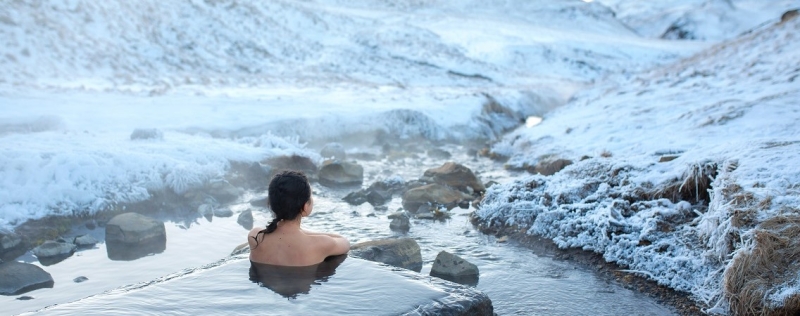
Swimming in hot springs in winter is not only an interesting experience. Thermal water is good for health and is recommended for the prevention and treatment of many diseases. We found out where in Russia you can swim in natural hot water even in the cold season: as it turns out, sometimes you don’t have to go to the mountains for this – there are springs in various regions of the country.
Kamchatka
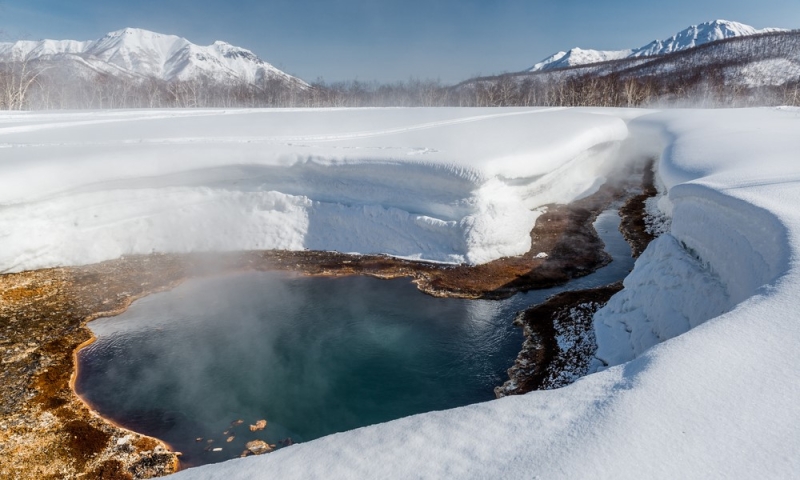
On the peninsula, thermal springs were formed thanks to volcanoes and geysers: the water is heated directly from magma chambers, which makes them the hottest in Russia. There are a huge number of them here: only large thermal spring outlets number about 150.
The most visited hot spring in Kamchatka is called Zelenovskie Ozerki: its healing effect is achieved due to the presence of radon and hydrogen sulfide in the water. The wellness complex consists of ten baths of different temperatures, a large swimming pool and a lake with cool running water. Bathing has an anti-inflammatory, analgesic, absorbable and desensitizing effect.
Malkinsky hot springs are located on the left side of the Klyuchevka River, next to a picturesque forest valley surrounded by volcanic hills – a great place for hiking both in the snowy and warm seasons. These sources help in the treatment of skin and gynecological diseases, diseases of the nervous and cardiovascular systems, and the musculoskeletal system. Also, being in them is useful for people suffering from osteochondrosis.
In the valley of the Paratunka River there are weakly mineralized thermal springs – Nizhne-Paratunsky springs, containing a high concentration of silicon. Such a balneological holiday is useful for everyone; it has a general strengthening effect on all systems of the body.
Where to stay in Petropavlovsk-Kamchatsky:
In the guest house Atlas (rating 9.9) with views of the mountains and the ocean – from 4,000 rubles per night*.
In the wooden cottage Granin House (rating 9.7) – from 5,000 rubles per night*.
In the three-star hotel “Arsenyev” (rating 9.5) – from 6,300 rubles per day*.
Altai Territory
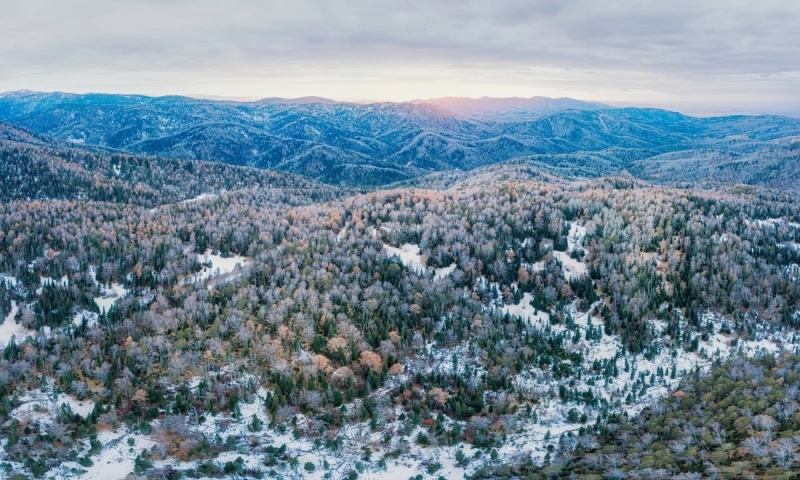
The region is famous for its balneological resort called Belokurikha: it is a small town in the middle of wooded hills where you can walk in the summer and ski in the winter. The water here is nitrogen-siliceous, with a high content of radon; it is useful for the endocrine and nervous systems, helps with arthritis, osteochondrosis, and high blood cholesterol. The resort has several sanatoriums and spa hotels: in general, the tourist infrastructure here is well developed.
Other popular springs in the region are Dzhumalinsky. Their waters are rich in bicarbonates, sulfates, sodium, calcium, radon and are recommended for people with diseases of the gastrointestinal tract, genitourinary system, problems with joints and muscles. However, there is practically no tourist infrastructure around this key: you can get here only by off-road vehicles and only in the snowless season, and the baths themselves are not comfortable pools, but small wooden huts with swimming pools.
Where to stay in Belokurikha:
In the four-star hotel “Belovodye Hotel&Resort” (rating 9.5) – from 5,700 rubles per day*.
At the spa resort “Kedrovy” (rating 9.0) – from 6,000 rubles per night*.
In the business hotel “Russia” (rating 9.0) – from 6,800 rubles per night*.
Buryatia
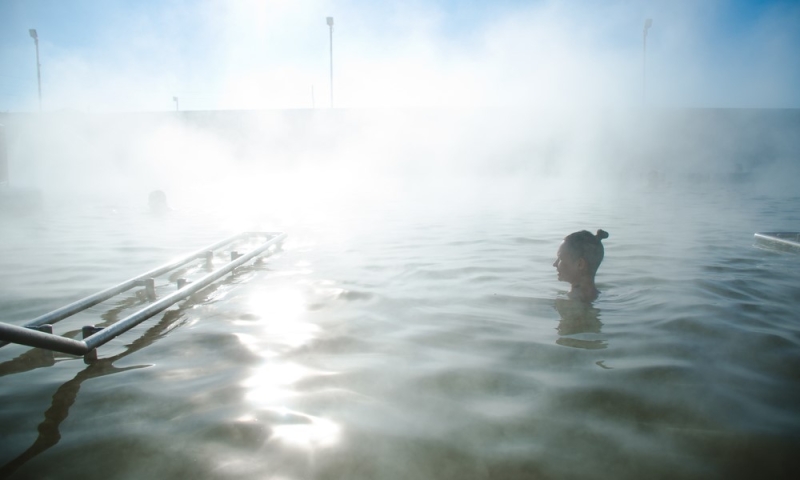
25 kilometers from Severobaikalsk, not far from the village of Solnechny, there is Goudzhekit, a source known for its high content of carbonates and bicarbonates with an admixture of sulfates, chlorides and acids. People come here seeking to improve the condition of their skin, blood vessels and musculoskeletal system. The spa center here is open all year round, and local mineral water is used not only for bathing, but also for drinking. There are picturesque mountains and forests around, where you can see wild animals while walking. In winter, travelers go sledding and skiing near Goudzhekit, and in summer they go hiking and fishing.
Another Buryat resort, the Zhemchug wells, is located in the Tunkinskaya Valley, next to the Irkut River, 5 kilometers from the village of the same name. It is better to get here from Irkutsk by car. People come to these springs for relaxation and rejuvenation; their water is rich in lithium, fluorine, molybdenum, titanium and strontium. In the surrounding area, horseback riding, carts and sleigh rides are organized at any time of the year.
Where to stay in Severobaikalsk:
At the Aurora Hotel (rating 7.3) with a view of Lake Baikal – from 2,400 rubles per day*.
Where to stay in Irkutsk:
In the three-star hotel Ibis Irkutsk Center (rating 10) – from 4,100 rubles per night*.
In the four-star hotel “Courtyard by Marriott Irkutsk City Center” (rating 9.9) – from 4,800 rubles per night*.
Caucasian Mineral Waters
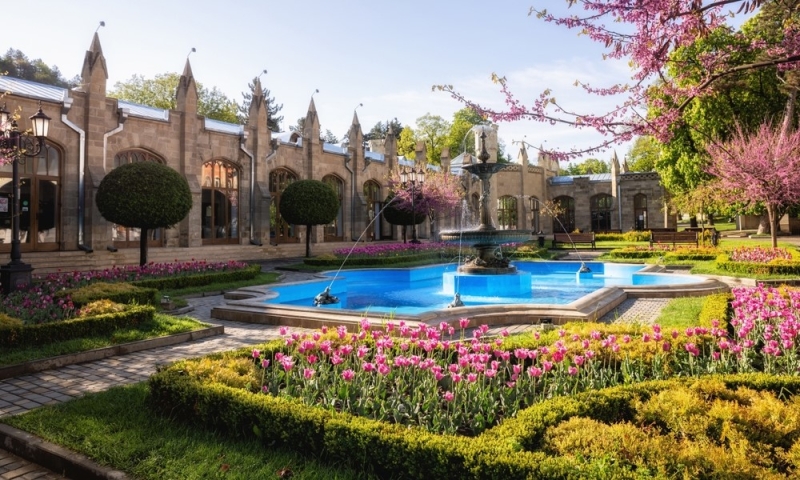
This is one of the oldest balneological resorts in Russia: Peter I, Fyodor Chaliapin, Mikhail Lermontov, Sergei Yesenin, Vladimir Mayakovsky came here “to enjoy the waters”. If you want to explore the region to the maximum, visit the most beautiful locations and try different types of hydrotherapy, it is better to stay in Pyatigorsk and travel to other cities by car or public transport. The springs of Pyatigorsk treat diseases of the nervous system, as well as problems with bones and joints – sprains, consequences of fractures, arthritis, osteochondrosis. The most famous springs of Pyatigorsk are free “shameless baths” rich in hydrogen sulfide, radon and calcium.
In Kislovodsk there are springs of medicinal mineral water “Narzan”, which is recommended for use by people suffering from ailments of the gastrointestinal tract, gall bladder, liver and urinary tract. You can drink it in the Narzan Gallery, from the Zhelyabovsky pump room or from the New pump room on Kurortny Prospekt.
People come to Zheleznovodsk for serious treatment: in the city and its surroundings there are more than twenty hot springs that help with stomach and duodenal ulcers, gout, gynecological problems, diseases of the musculoskeletal system and respiratory organs, chronic diseases .
In the city of Essentuki there are mineral springs, the water from which helps with problems with metabolism and digestion, as well as with excess weight. There is a popular mud bath and many sanatoriums specializing in mineral water treatment.
Where to stay in Pyatigorsk:
In the business hotel “Mask” (score 10) – from 4,000 rubles per night*.
In the four-star hotel “Bugar” (rating 10) – from 5 700 rubles per night*.
At the spa hotel “Bristol” (rating 9.4) – from 8,700 rubles per day*.
Stavropol Territory
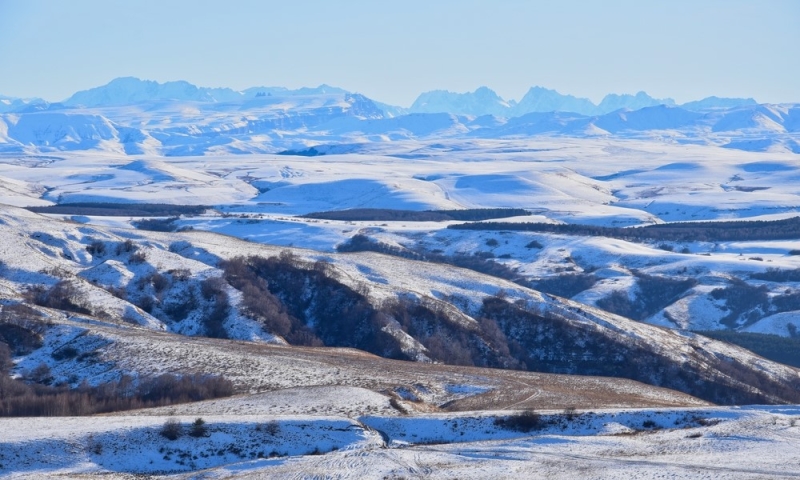
It is noteworthy that in the Stavropol Territory, mineral springs were discovered on the territory of the Caucasian Mineral Waters: you can take a whole tour of local villages famous for their springs. For example, in the village of Kazminskoye there is a modern thermal complex “Valley of Geysers”, the water in which is saturated with silicic acid and helps with thyroid diseases and diabetes. There are indoor and outdoor (year-round) pools.
The Tsunami hot spring, the water into which rises from underground from a depth of 2.5 kilometers, is located in the village of Voronezhskoye. It is rich in bromine, boron and silicon: it is beneficial for the cardiovascular, nervous, musculoskeletal, genitourinary, respiratory and digestive systems. A health complex has been opened next to the spring.
In the village of Suvorovskaya there is the Suvorov thermal springs resort, popular in Soviet times. Low-mineralized hydrocarbonate-sulfate water here treats diseases of the musculoskeletal system, endocrine and nervous systems.
Where to stay in Stavropol:
In the hotel complex “Oktyabrsky” (rating 10) – from 3,100 rubles per day*.
In the four-star Pellegreen Hotel (rating 10) – from 3,700 rubles per night*.
At the EuroHotel Stavropol (rating 9.9) – from 4,200 rubles per night*.
Kabardino-Balkaria
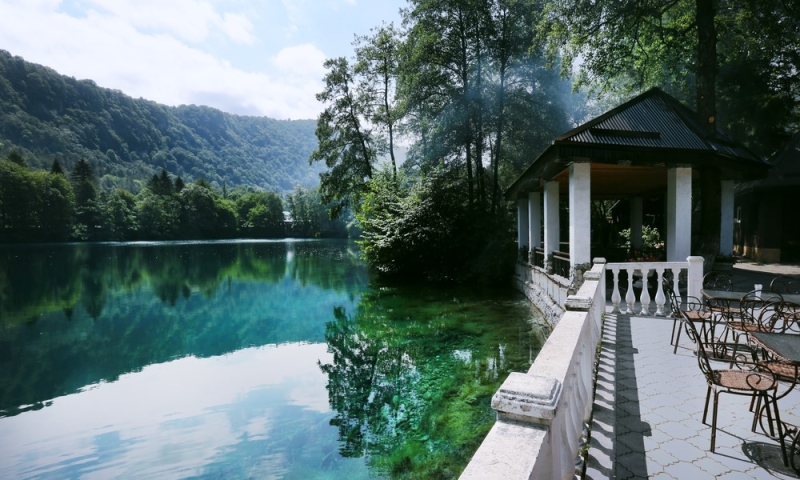
There are several more Caucasian thermal springs in the Kabardino-Balkarian Republic. Several health complexes are located on the Aushiger springs, 30 kilometers from Nalchik: warm pools are equipped near the river bank and green foothills. Sodium chloride water helps with skin diseases and gynecological problems.
The health complex “Geduko” (Baksansky district) is considered the most well-equipped thermal spring – there is even a water park with a mineral pool and several spa rooms. The water is also sodium chloride, the composition is recommended for people with skin diseases, problems with the nervous and cardiovascular systems.
Where to stay in Nalchik:
In the spa hotel “Sindika” (rating 9.3) – from 4,800 rubles per day*.
In the boutique hotel “Nalchik” (rating 9.6) – from 5 500 rubles per night*.
In a four-star hotel AZIMUT (rating 10) – from 5,500 rubles per day*.
Krasnodar region
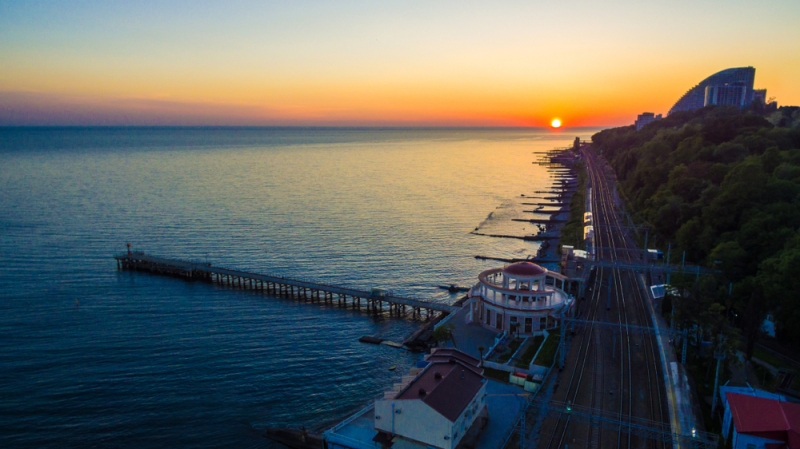
The small town of Matsesta, a sanatorium suburb of Sochi, grew up on hydrogen sulfide springs. It is believed that even in the times of Ancient Rome and Byzantium, people used the healing properties of “fire water” to prolong youth, heal wounds and cope with illnesses. Today, local baths are indicated for more than one and a half thousand diseases, including for rehabilitation after injuries and operations. The most famous building of Matsesta is the hydropathic building No. 4, reminiscent of an ancient temple, not far from which there are caves with springs. Also in the Matsestinskaya Valley there are famous tea plantations – you can walk along them, and local tea is sold in almost any Sochi store.
In the city of Goryachiy Klyuch, 50 kilometers from Krasnodar, there are also several thermal resorts. The most famous springs are Alekseevsky and Mikhailovsky, their sulfide-chloride-hydrocarbonate-sodium water improves digestion, supports the cardiovascular system and helps with nervous disorders.
In Soviet times, the balneological center “Terms” was built on the Kubansky farm. For a long time it was in disrepair, but in 2016 it was restored and improved: now there are not only mineral baths, but also all the attributes of a comfortable country holiday – gazebos with barbecues, picnics by the fire, rental of fishing equipment, board games. Local water treats diseases of the skin and bone tissue, insomnia, stress, allergies, neurological pathologies and bronchial asthma. From the center you can go on an excursion to the Guam Gorge and the Lago-Naki plateau.
Where to stay in Sochi:
At the villa “Polyanna” (rating 9.2) – from 5,700 rubles per day*.
In a four-star hotel Hiloft (rating 10) – from 6,300 rubles per night*.
In the four-star hotel Alean Family Sputnik (rating 10) – from 13,300 rubles per day*.
Where to stay in Krasnodar:
In the three-star hotel Ibis Krasnodar Center (rating 10) – from 3,400 rubles per day*.
In a four-star hotel Hotel Congress Krasnodar (rating 10) – from 3,700 rubles per night*.
At the four-star hotel Crowne Plaza Krasnodar — Center (score 10) – from 4,800 rubles per day*.
Tyumen region
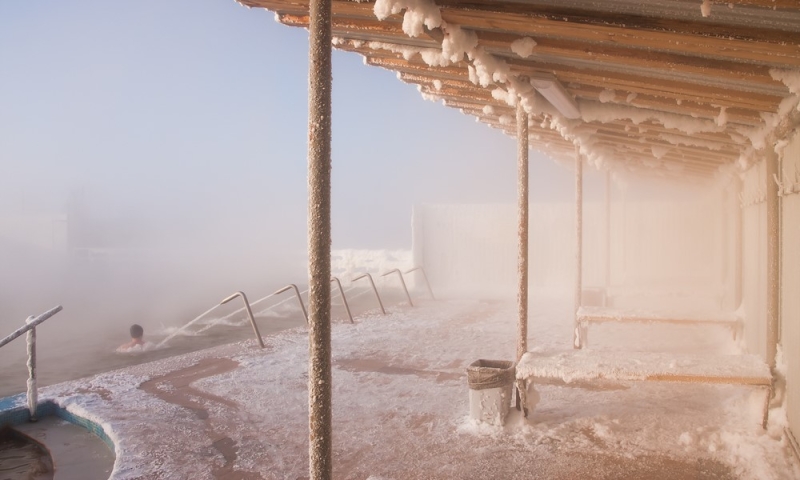
The Tyumen region is also famous for its modern thermal baths. There are about 20 thermal springs in the city itself. We recommend going to the Volna recreation center, which was built in the 1980s, and in 2015, after a major renovation, became a modern spa complex. Water with sodium, calcium and bromine is good for the skin and joints, helps fight insomnia and nervous tension. Guests of Volna can also use the bath complex, massage room and salt room.
Not far from the city, in the village of Vinzili, right in the middle of the forest, there is the Sosnovy Bor recreation center with a Russian bathhouse, Finnish sauna, Japanese ofuro and, of course, thermal pools. The water here is bromine and sodium chloride, useful for impaired joint mobility, radiculitis, stress, depression and ENT diseases.
Another popular bathhouse with sodium chloride water in the Tyumen region is “Verkhniy Bor” on the Salairsky tract. On site there are swimming pools, fish peeling, a cedar barrel, massage, saunas and a solarium. The menu of the local restaurant includes only mineral drinks, since alcohol can negate the healing effect of relaxing on the waters. It is believed that these baths are universal – thanks to them, the immune system is strengthened, health is restored and mood is lifted.
Where to stay in Tyumen:
In the three-star hotel Vostok (rating 10) – from 3,000 rubles per day*.
In the four-star hotel “Remezov” (rating 10) – from 7,300 rubles per night*.
In the four-star hotel “Best Western Plus Spasskaya” (rating 10) – from 8,100 rubles per day*.
*Prices are current at the time of publication.

